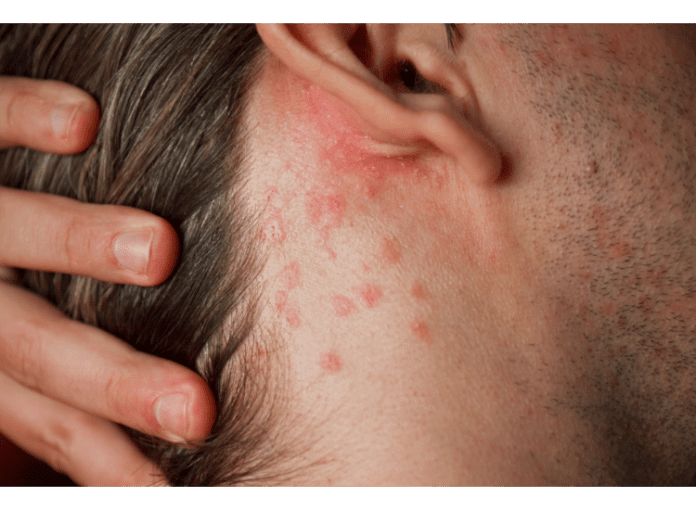
Heat rash is an itchy, red rash that occurs on the body and is often caused by sweating. It can develop during hot weather or when you exercise vigorously in the heat.
Heat rash typically affects the chest, back and upper thighs. The skin may appear scaly or dry, but it’s not serious and will go away within a few days without treatment.
The best way to treat heat rash is by using cool water over the affected area for several minutes every hour until symptoms go away. You should also avoid using lotions or powders as they may cause further irritation of your skin if they don’t get rid of your rash completely! You should also make sure that you rinse your skin thoroughly after showering — this helps prevent bacteria from sticking around which might cause more problems down the road!
Cool Bath

Cool bath: Run cool water over the rash for a few minutes.
Note that you will not want to use lotions or powders on your rash while it is hot, as they may make the symptoms worse. You should also avoid scratching or picking at your skin as this can cause further irritation and inflammation.
Oatmeal Bath
One of the easiest ways to treat heat rash is with a soothing oatmeal bath. Mix 1 cup of oats in a tub of cool water and soak for 15-20 minutes, then pat dry. Repeat as necessary. For best results, do not use soap during this process! This method can also be used on baby’s sensitive skin—just make sure you don’t add any essential oils or other additives that may irritate their sensitive skin
Skin Creams
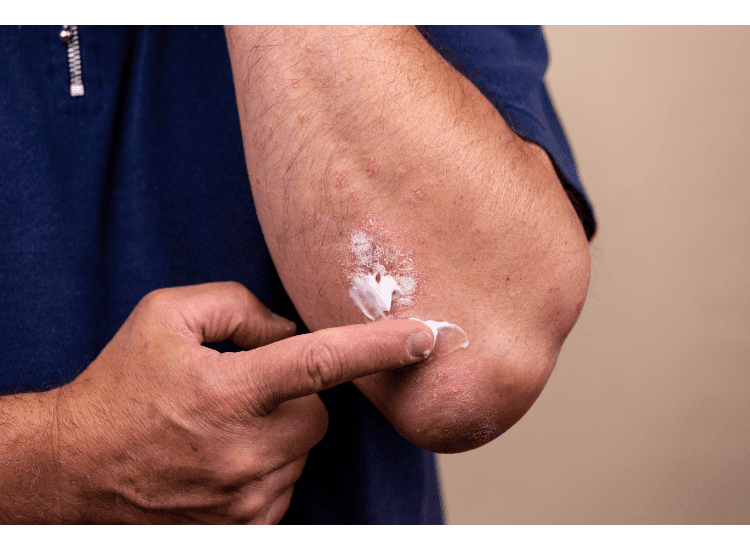
Once you’ve identified the condition and have treated any underlying skin problems, such as dryness or inflammation, it’s time to treat the heat rash itself. There are several types of skin creams that can help alleviate itching and discomfort:
- Calamine lotion is an over-the-counter product that contains zinc oxide and calamine. It’s good for treating mild cases of heat rash and works best when applied directly onto irritated skin. The zinc oxide will help soothe irritation while protecting your skin from further irritation from clothing or bedding that may be causing your rashes to flare up. You can also apply a moisturizer after using calamine lotion for extra hydration if you feel like it would be helpful for your situation.*
- If you’re experiencing more intense itching from your heat rash (or any other type), try applying hydrocortisone cream to control inflammation before reaching out again with another treatment option.*
Air Conditioning

In general, the best way to protect yourself from heat rash is by reducing your body temperature. That means staying out of the sun and wearing loose clothing, but for folks who have no choice but to be outside during hot weather, there are other ways to cool down. Air conditioning is one such option—but as with anything else that uses electricity or produces heat (like fans), you’ll want to keep on a watchful eye so that you don’t end up with an energy bill that’s more than double what it was last month!
The first thing you should do when using air conditioning is keep the temperature low; if possible, set it at 18°C (64°F). This will save you money while still providing some relief from the summer sun’s intense rays. It won’t completely prevent heat-related health problems like heat rash (since air conditioners don’t regulate humidity levels), but this step alone may make all the difference in keeping mild symptoms under control without causing additional discomfort or damage.
Another thing: make sure not only that windows are closed when running an AC unit indoors but also that doors leading outside are shut tight before turning on any type of cooling system! Otherwise stray breezes might blow in through cracks around door frames or windowsills… which can lead straight back out again as soon as temperatures rise later on down south where they tend not stay put very long once they come visiting here at home sometimes…
Drink More Water

Drink more water. If you’re prone to overheating, you may want to up your water intake before summer hits. “Heat rash is caused by excessive sweating and dehydration,” says Dr. Michael Yessis, MD and author of The Water Secret: The Simple Hydration Method Guaranteed to Reduce Fatigue, Flatten Your Belly and Keep You Healthy (AMACOM). “Drinking 2 liters of water daily—in addition to the amount you normally consume—can help prevent heat rash.”
Even if it’s just a hot day at the beach or park (where many people are likely not drinking as much), try sticking with chilled liquids: cold lemonade or iced tea are great options for keeping cool. Even better? Make them yourself so that you know exactly what’s in them! Chilled beverages cool down both your body temperature as well as the outside world around you; this creates a layer of air between your skin and clothes that helps keep things nice and comfortable for both parties involved.
Aloe Vera
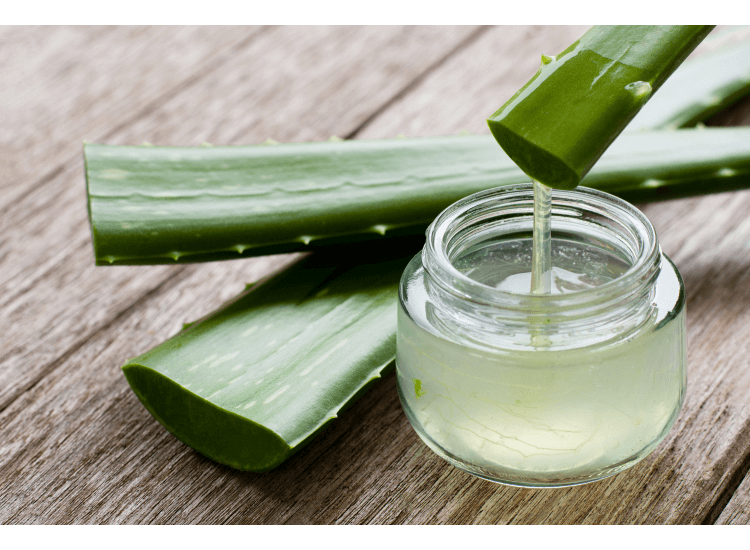
Aloe vera gel is a natural moisturizer that helps to reduce inflammation and relieve itching. The gel also reduces redness in the affected area.
To use aloe vera gel to treat heat rash, simply apply it to the affected area with a cotton ball or towel. Do not rub on the skin as this may cause further irritation. Allow the gel to dry before dressing, then protect your skin from sun exposure until you no longer have any symptoms of heat rash (this should be within 24-48 hours).
Ice packs

Ice packs are helpful for reducing swelling and inflammation. To use an ice pack, place it in a towel and apply it to the affected areas for 10-15 minutes. Don’t apply ice directly to the skin!
If you have a rash in more than one area of your body, place an ice pack on each area for about 15 minutes at a time. You can also take frequent breaks from heat exposure if possible so that your body isn’t too exposed at once.
Light Cool Cloth

One of the best ways to deal with heat rash is by using a light cool cloth. A cool cloth provides instant relief from the rashes and it can be used 5-6 times throughout the day. If you have found that your skin is sensitive to the sun, then it’s best to avoid going out at noon time when it’s most hot outside. Instead, you should stay indoors or move around in shady areas during those hours so that your body doesn’t overheat and cause more damage. At night before going to bed, you can use a cool cloth for some time too as they are very effective at soothing away all kinds of rashes.
Sandalwood
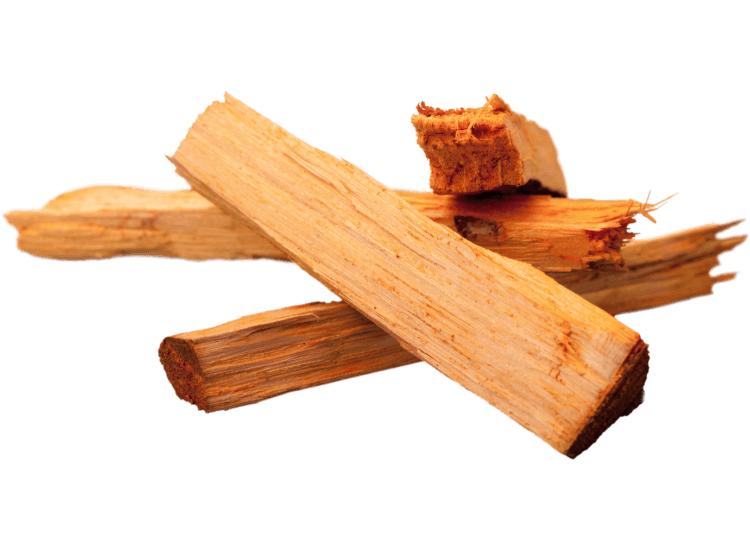
If you want to treat heat rash, sandalwood is an excellent option. Sandalwood powder mixed with rose water can help soothe the inflammation and itching caused by heat rash. It’s also easy to apply—simply mix a little sandalwood powder with a few drops of rose water, then dip your finger in it and dab it on the affected area. Leave it on for up to 30 minutes, then rinse off with cool water. Repeat several times per day until symptoms go away completely.
Baking Soda
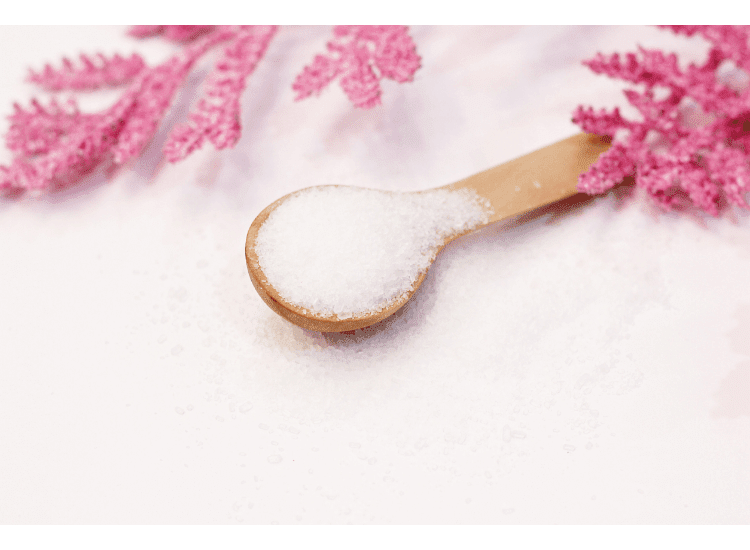
Baking soda or sodium bicarbonate is a substance that helps in reducing the skin irritation, itching and inflammation caused by heat rash. It also helps to reduce the pain and discomfort caused by heat rash. Baking soda has anti-inflammatory properties that can soothe your skin when applied on it. Baking soda helps in absorbing the excess moisture from your skin as well as reducing redness of your skin due to heat rash.
Unscented talcum powder
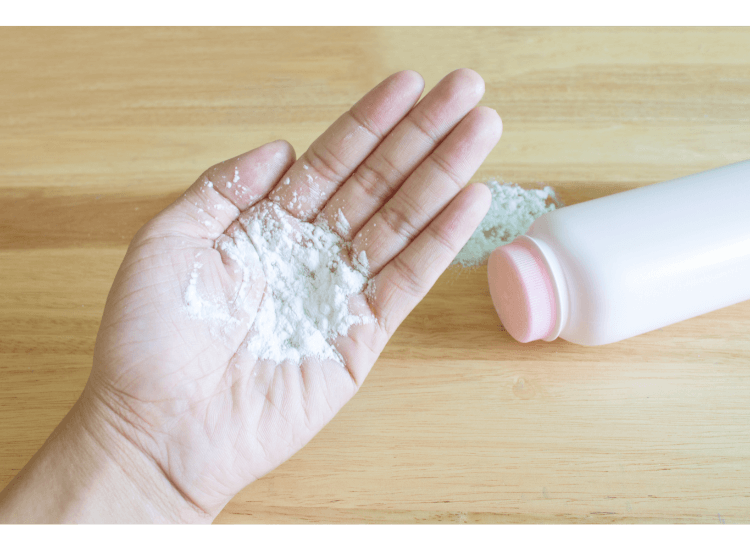
Talcum powder is another great way to treat a heat rash. While it may sound surprising, talcum powder actually helps to keep the skin cool and dry. This can help prevent chafing, which can further irritate the skin and contribute to a heat rash developing. Talcum powder is also useful because it’s not scented like many other powders, so it won’t irritate sensitive areas of your body that may be affected by fragrances.
To apply talc on bigger areas where heat rashes are common (like in between your toes), you could mix some with cornstarch or baking soda first before sprinkling onto these areas.
NEEM
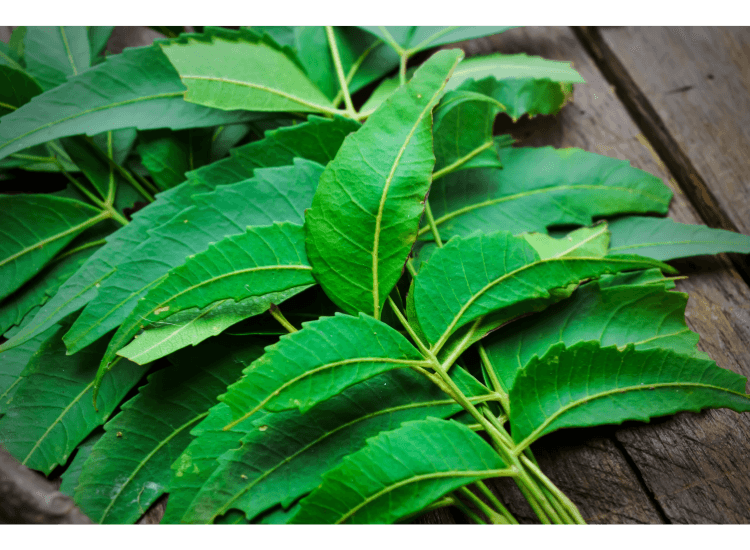
Neem leaves and Neem oil are two natural treatments for heat rash.
Neem leaves can be used to treat heat rash by moistening them, then rubbing the damp leaves on the affected area. Be careful not to rub too hard or use too much pressure when applying this treatment, as it could cause further irritation to your skin. If you have sensitive skin and prefer not to use Neem leaves, Neem oil may be a better option for you.
The best way to use Neem oil is by mixing it with coconut oil (coconut oil has antibacterial properties) and applying this mixture directly on your skin where you feel heat rash symptoms developing or already present.[4]
Epsom salt
Epsom salt is a great way to soothe heat rash. When taken in bath water, it can help heal the heat rash and reduce swelling. Plus, it’s gentle on sensitive skin.
If you’re not sure if you have heat rash or another type of rash or irritation, see your doctor before using Epsom salts on your skin—they may be able to help figure out what type of issue you’re dealing with first and then recommend appropriate treatment options for that specific problem.
To use Epsom salt in a compress: boil some water in a pot on the stove or use hot tap water from your faucet; add two cups of Epsom salt (or more if necessary); stir until dissolved completely; soak cloths into this solution; cool them by wrapping them around ice packs or putting them in cold water so they don’t burn too much when applied to the affected areas; apply compresses until symptoms improve
Wrapping up
Heat rash can be uncomfortable, but it’s usually not serious. You can treat most cases at home by staying cool and using a medicated cream or gel.
If your heat rash gets worse or if you have other symptoms, call your doctor. Your doctor may prescribe medicine to help with the itching and swelling.
It usually takes about 2 weeks for an episode of heat rash to go away on its own without treatment. Heat rash often comes back after you have been in hot weather again for a while (for example, if you travel from a cooler area to another hotter area).











